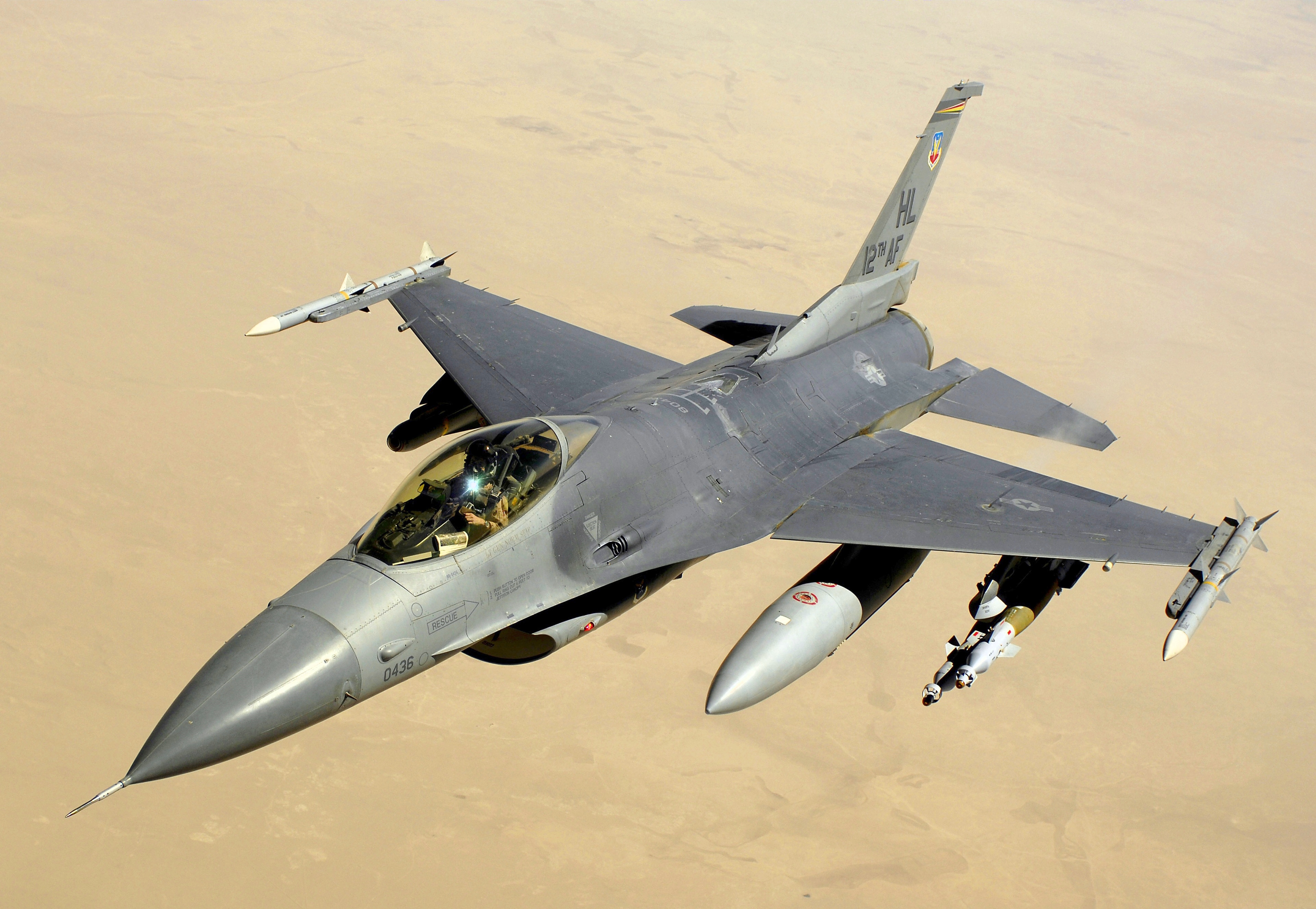 As a kid, I was once told that Mach speed is a unit of measurement equal to the speed of sound. In fact, as it turns out, it’s the result you get if you divide the speed of the object with the speed of sound at the same environment. Maybe more importantly, they failed to explain that the speed of sound changes as a result of different environmental settings, mainly temperatures, since the speed of sound drops at low temperatures.
As a kid, I was once told that Mach speed is a unit of measurement equal to the speed of sound. In fact, as it turns out, it’s the result you get if you divide the speed of the object with the speed of sound at the same environment. Maybe more importantly, they failed to explain that the speed of sound changes as a result of different environmental settings, mainly temperatures, since the speed of sound drops at low temperatures.
That means the actual speed (in mph) the unit “mach” represents is not a constant. At sea level and a temperature of 15°C (59°F) Mach Speed = 1,225 kph (761 mph), and at 35,000 feet, which is the cruising altitude of commercial air jets, and where the temperatures are -56°C (-68.8°F) Mach 1 = 1,063 kph (660.7 mph). That’s about %13 slower.
Additionally, I did some reading about the technical specs of fighter jets, e.g. the F-16 Fighting Falcon. The spec sheets indicate a maximum speed of Mach 1.2 at sea level (1,470 kph, 913 mph) and Mach 2 at high altitudes (2,120 kph, 1,317 mph). I figure the differences are because of lower air resistance at high altitudes, but couldn’t figure what’s the importance of the first figure, since fighter jets do their cruising and fighting mainly in high altitudes and not anywhere near sea level.
—-
1 I expect this will not be my last post that will deal with sometimes basic concepts in physics and other exact sciences. The extent of my ignorance in such fields can be embarrassing sometimes.
For further reading:
- Mach Number in Wikipedia
- Mach Number in NASA’s web site.
- The Speed of Sound in Wikipedia
- The speed of sound at different altitudes
- The cruising height and speed of airliners
Please Vote